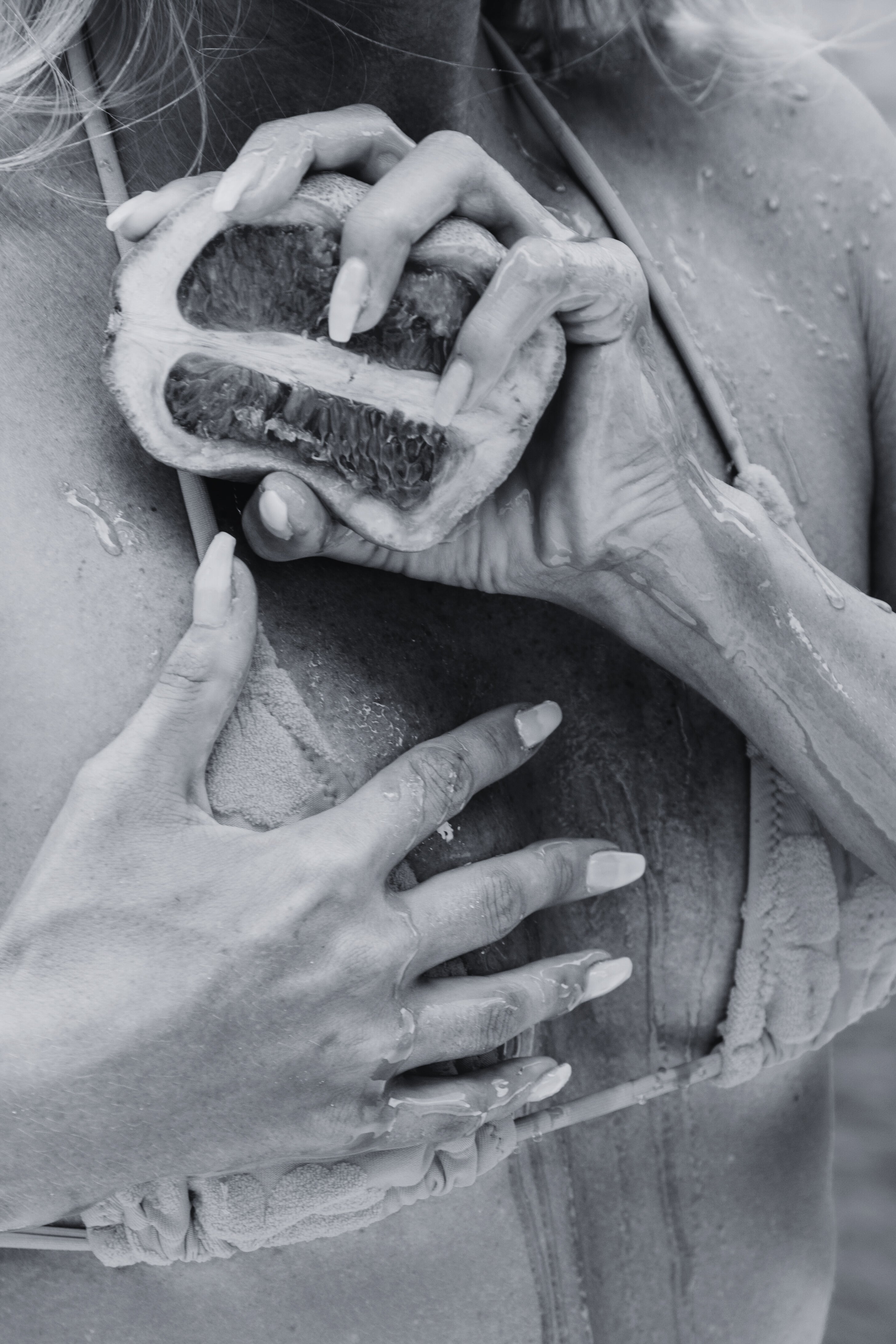Exploring your own body isn’t a guilty treat—it’s self-care, autonomy, and joy. Here’s why getting to know yourself (and embracing self-pleasure) can transform your relationship with your body.
Picture this: the room is dim, your phone is on silent, and there’s nothing to perform—only you, your breath, and a curiosity that hasn’t had space to stretch in a while. You’re not chasing an outcome. You’re listening. The first touch is exploratory, not expert. It’s the difference between showing up to a test and showing up to a conversation. And conversations, as you know, can change everything.
Growing up, many of us learned to outsource pleasure—to partners, to scripts we didn’t write, to timelines that never fit. The body became a stage instead of a compass. Learning yourself is a subtle revolution: it repositions you as the primary narrator of your desire. You begin to notice how your arousal is relational to context—how light, scent, pacing, and stress change the story. You realize there’s no “should,” only signals: the cooling warmth of breath on skin, the way your hips respond to rhythm, the temperature shift that makes goosebumps bloom. You trade self-judgment for literacy.
This literacy is practical. When you understand your rhythm—how long you need, which pathways feel natural, what kind of pressure wakes you up—you can speak plainly to a partner, or to yourself, without apologizing. Boundaries get clearer. Curiosity grows legs. The line between “I don’t know” and “I’ll explore” softens into a walkway you can actually walk.
A practice for tuning in (unhurried, embodied)
Give yourself one uninterrupted window—fifteen minutes is plenty when it’s intentional. Start with your senses before you ever think about genitals:
Sight & sound: low light or a candle; music that’s more pulse than lyrics.
Breath: inhale through the nose, exhale just a little longer than you inhale—let your jaw unclench.Touch isn't a shortcut: neck, shoulders, ribs, outer thighs, lower belly—slow circles, lighter than you think at first, then gradually more decisive.
Mapping, not sprinting: vary pressure (feather to firm), tempo (steady to staccato), and texture (palm, fingertips, toy, fabric).
Pause to notice: name three sensations you like (warmth, slickness, stretch, buzz). Naming is how the body becomes fluent.
Spicy note: change only one variable per session (position, lube, texture, fantasy). That way, your brain can connect cause and effect—and your preferences get delightfully precise.
Playful companions for the journey (fun recs you’ll actually use)
Because sometimes the right tool turns “maybe later” into “right now.”
Targeted exploration, no guesswork
Dame Arc G-Spot Vibrator — a sleek, curved guide with a focused tip that finds and stays on the spot. Think “elegant power with a map.” Great for pressure lovers and angle tinkerers.
→ Shop it
Glide + glow = yes, please
Stimulating Oil — adds silky slip and a gentle tingle that turns up the volume on sensation without shouting. Perfect solo or paired; a little goes a long way.
→ Add to ritual
Inside-out support for desire
Beloved Lady Libido Boost Supplement — a botanical nudge for libido and overall vibe. Pair with sleep, hydration, and stress care; consistency matters.
→ Take a peek
What gets in the way (and how to move around it)
Shame is often inherited, not innate. It can sound like, This is selfish or If I can do it myself, what does that say about my relationship? Here’s the reframe: self-pleasure is data gathered kindly. It doesn’t compete with intimacy; it strengthens it by making your “yes” and “no” unmistakable. If a critical voice barges in mid-touch, try this: “Thanks for trying to keep me safe. I’m safe now.” Then return to sensation. The body tends to trust what’s repeated more than what’s argued.
Another common snag: outcome pressure. If climax becomes a measure of success, curiosity shrinks. Let the goal be saturation, not fireworks—full-body, full-breath awareness. Ironically, this relaxed stance makes pleasure more likely to crest, because the nervous system isn’t bracing for a test.
Gentle notes from the science side (without killing the mood)
Your body runs on context. Arousal likes novelty (new music, textures, settings) and safety (privacy, time, permission). Longer exhalations nudge the parasympathetic system, easing tension and opening the door to deeper sensation. Lube reduces friction, which reduces guarding; less guarding, more feeling. None of this requires a lab coat—just paying attention and iterating with kindness.
For seasoned explorers
If self-pleasure is already on your calendar, widen the canvas:
Change the frame: shower steam, a cool room, morning light instead of night.
Route remix: start far from the usual—behind knees, spine, wrists; the scenic route is often hotter than the highway.
Breath play: inhale for four, exhale for six; on the exhale, slow your hand instead of speeding up. Notice what builds.
“Pleasure is a language. Practice makes you fluent in yourself.”
Consent, also inward
Consent isn’t just interpersonal; it’s internal. Check in. If your body wants to stop, that’s wisdom. If it wants to switch rhythm, that’s guidance. If today it’s a no, that’s still intimacy—your relationship with yourself deepens when you honor it.
A last word you can carry with you
You don’t need permission to be on your own side. Self-pleasure is not an audition or a plan B; it’s an honest line of communication with your body. When you let curiosity lead and tools support—not replace—your attention, you become the author of your own heat. And authors have range.
Quick FAQ
Is it normal not to finish every time? Absolutely. The aim is to feel, not to count endings.
What if I’ve never had an orgasm? Begin with external stimulation, no rush.
Can I mix toys and hands? Yes—your hands lead, toys support.
Ready to explore? Browse Tangere’s guides and our curated intimate-wellness selection. Start small, follow what feels good, and let each session teach you something new about you.

0 comments